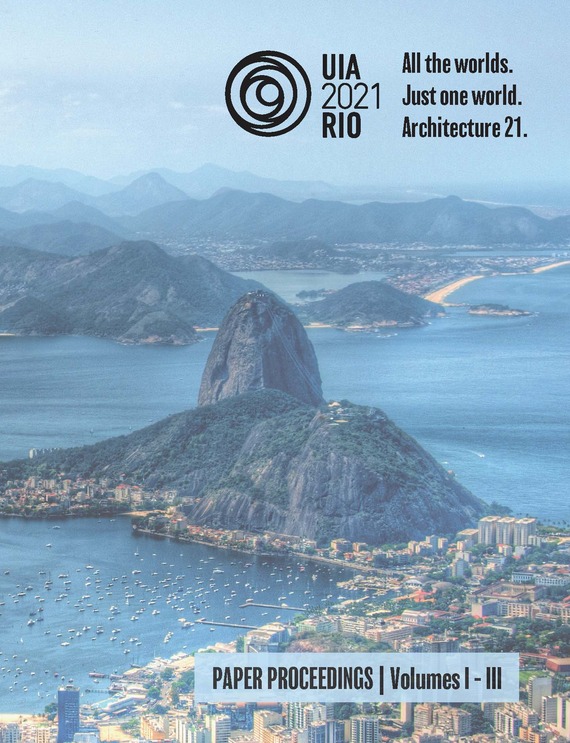Author(s): Dayu Zhang, Lingege Long & Zhenkun Gan
As the starting point of the northern end of the Beijing-Hangzhou Grand Canal, a world cultural heritage, Tongzhou is closely linked to the changes in the water environment. After hundreds of years of development, Tongzhou has evolved from a canal town to a Sub-center of Beijing. This study uses the continuous change of the water environment on the time axis as a clue. According to the era background of the beginning, prosperity, and decline of urban water transport culture, the Tongzhou pattern can be divided into three significant historical periods: Jin Dynasty, Yuan-Ming-Qing Dynasties, and modern times. Moreover, this research discussed the spatial characteristics of the Tongzhou during each period in detail. On this basis, the profound impact of the water environment on the transportation, storage, and culture of Tongzhou is further explored. Finally, the research analyzes contemporary issues such as eco-city and city identification during the construction of the Beijing sub-center. The purpose of this study is to summarize the historical context of Tongzhou and emphasize the critical role of the water environment in the urban pattern change and cultural heritage.
Volume Editors
ISBN
978-1-944214-31-9

 Study Architecture
Study Architecture  ProPEL
ProPEL 
